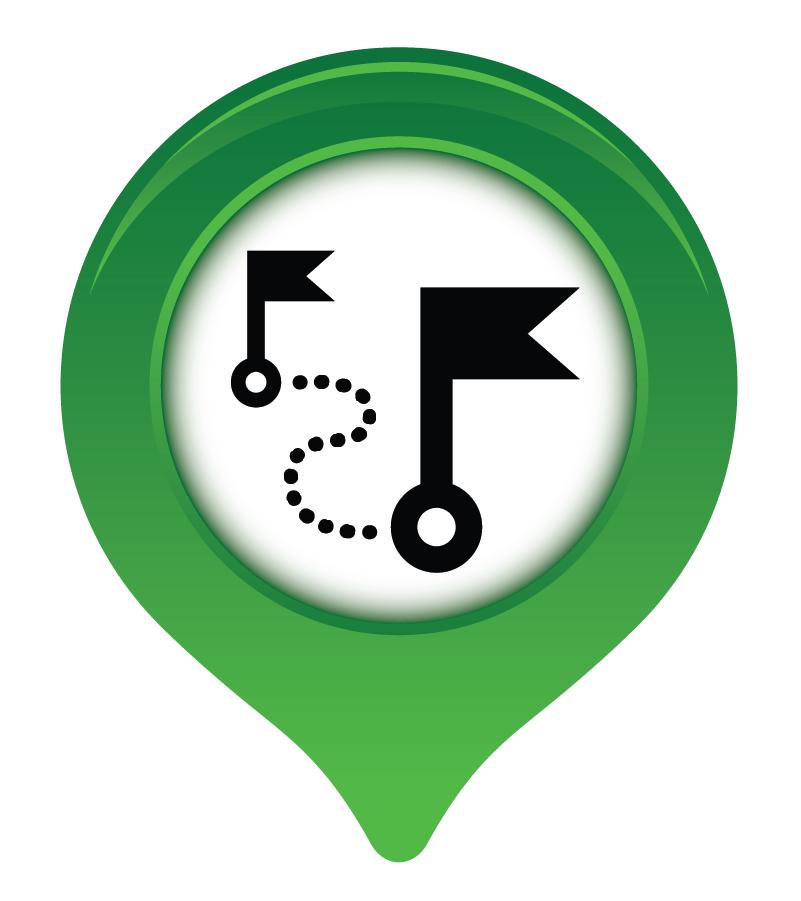Cloud applications and services have proved invaluable over the last few years.
They’ve enabled us to operate our businesses and look after our clients during various states of lockdown and social distancing restrictions.
For example, nearly every legal firm we partner with or consulted with is pleased with how they coped during these challenging times. This is a reflection of their “can do” attitude and their IT partner stepping up to enable working from home.
Many law firms operate a hybrid environment with their practice management and document management systems running on servers in their office.
Typically, this architecture is a requirement of the application. When working away from the office, users may require Remote Desktop Connections, Remote Services Sessions and VPN connections to work. Ageing applications, connection complexities and server replacement cycles have created a genuine need to transform IT.
Throughout the year, we’ve seen a significant increase in firms ready to change applications and migrate everything to the cloud.

The promise of digital transformation is compelling and powerful.
The ability to work from anywhere, on any device, without the need for complex and costly IT infrastructure. When done well, the flexibility and freedom is marvelous.
But it is not without hard work and determination. Changing key applications is significant for any firm. In some cases, there are decades of processes and workflow built into existing applications, or manual applications created to handle gaps.
Deciding on the practice management and document management applications for your firm will be as unique as the people and practice. That’s just the start. Once the decision is made, taking your team on the journey so they adopt the tools you have invested in and enjoy the benefits is as important as the project itself.
Kinetics has helped dozens of clients migrate to the cloud. When we reflect on these digital transformations, there are three very common learnings.
Firstly, what is the expected User Experience?
A modern practice management application will be cloud based, and it will function differently to legacy applications. It is important to understand exactly how the practice or document management application will work for your users. What will my user experience be like in the office, working from home, or at the beach house?
Is the firm providing all users with laptops? If they don’t have a laptop, how do they work when not in the office? And would a cloud Virtual Desktop solution be a practical alternative?
We have met firms who have been disappointed with their new practice management solution because the User Experience wasn’t as expected. We’d recommend evaluating all the desired working scenarios and how the future application(s) will work.
Secondly, Scope and Design a cloud environment for the future
We have to translate decades of your decision making and process development to the cloud. Over time, your firm will have developed processes and systems that have become so ingrained in your culture, that they have become invisible to you.
The transition to the cloud is as big a change as the migration from manual to digital processes was. But with cloud, the change will happen over weeks and months not years and decades.
Your onsite server will be providing some support services beyond your legacy practice management application. Local authentication, network management and wireless network control, printing, and shared files are the obvious services, however, we see other components too, and all these needs be considered when migrating completely to the cloud.
Scoping and Designing the cloud environment will ensure that it is effective and secure from the start.
Thirdly, effectively Adopting and Managing Change
When you migrate to new applications and systems, success will depend on how effectively these are adopted and used. Your firm will have a diverse range of skills and technical proficiency.
If you’re looking to ensure success, think about the people. How can you bring your people along the journey of change and achieve a successful outcome.
If you’d like to understand more about these learnings, or discuss a cloud migration, please let us know. We’d be happy to meet and see how we can help.
